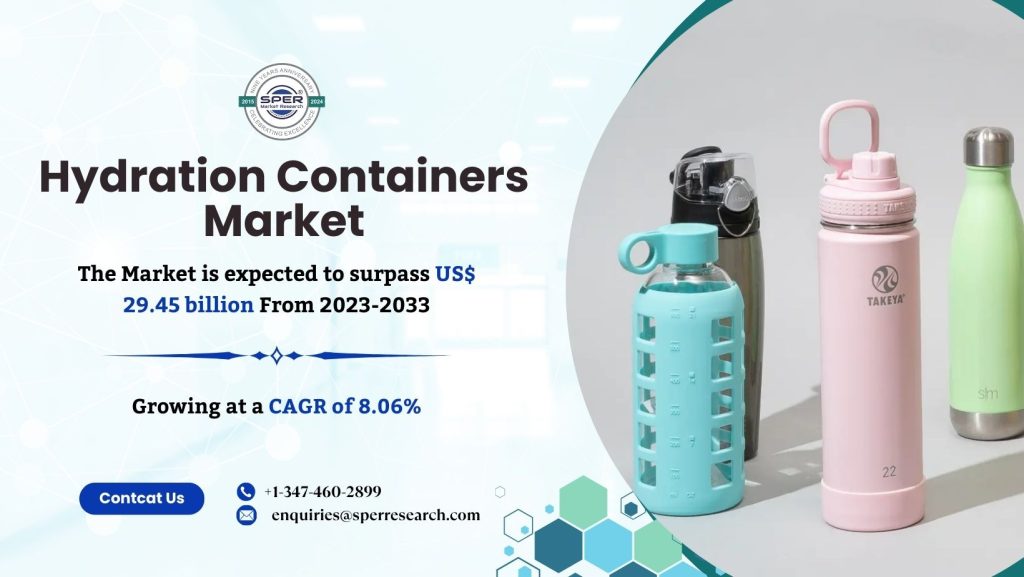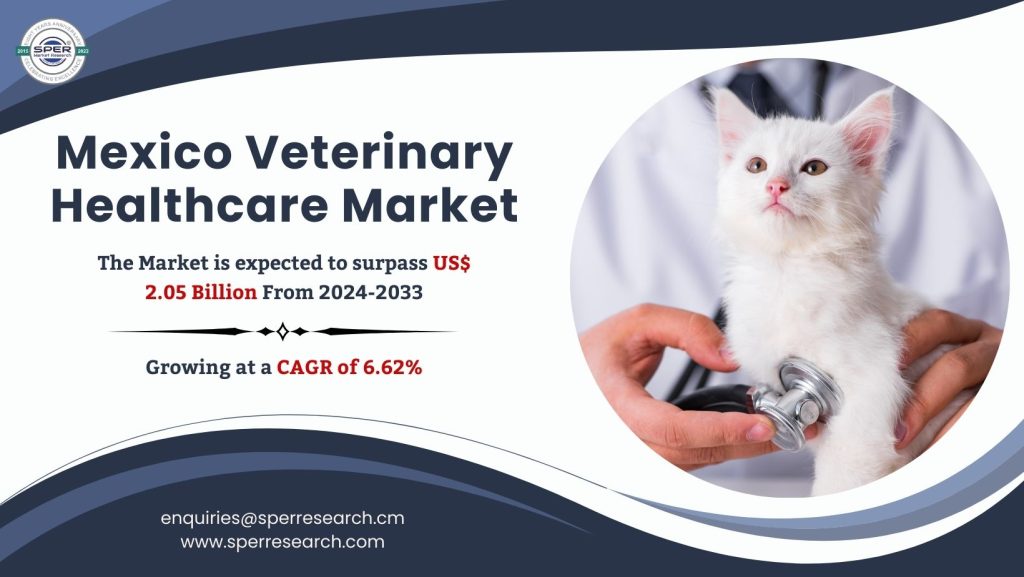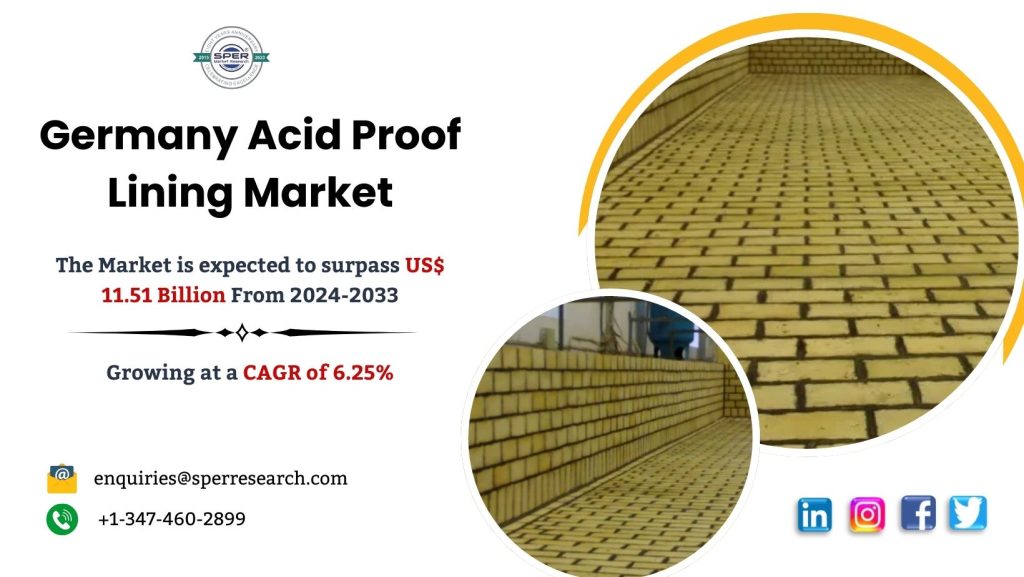Skin care Products, such as creams, lotions, and powders, nourish and enhance the skin’s quality and condition. Many women and men use these products on a regular basis for a variety of purposes, including cleansing, moisturizing, and hydration. Products for skin care might have chemical or natural bases. Natural and organic skin care products have become more and more in demand recently. This is a result of public awareness of the harmful impact that artificial chemicals have on skin. Natural product-derived ingredients, such leaf and root extracts, don’t cause any negative side effects when applied topically. In order to draw in customers, businesses utilize natural components and designate their goods as organic or natural.
According to SPER Market Research, ‘Italy Skin Care Product Market Size- By Product Type, By Category, By Distribution Channel- Regional Outlook, Competitive Strategies and Segment Forecast to 2033’ states that the Italy Skin Care Product Market is estimated to reach USD 14.20 billion by 2033 with CAGR of 3.25%.
Drivers:
The Italian skin care product market is primarily driven by the country’s significant emphasis on appearance and skin care. Italians have a strong passion for beauty, style, and grooming, resulting in a robust market for cosmetics, skincare, and personal care products. This cultural affinity for looking and feeling good has resulted in a strong demand for high-quality, creative products that cater to a wide range of consumer tastes. Social media and influencer marketing have led to tremendous industry expansion. Beauty and personal care firms have successfully used these channels to engage with their target consumers, display their products, and establish a strong online presence. Social media influencers have become as powerful trendsetters.
Restraints:
There are various limitations facing the Italian market for skin care products. The fierce competition for market share from domestic and foreign businesses is one of the main obstacles. Smaller companies or new entrants may find it difficult to get traction and set themselves out from the competition in this cutthroat market. The regulatory framework that governs the beauty and personal care industries is another important restriction. Italy is bound by stringent rules on the use of specific ingredients, product labelling, and safety standards, as a member of the European Union. For brands, especially smaller ones with limited resources, navigating these complicated laws can be difficult and can impede innovation and product development.
Request For Free Sample Report @
https://www.sperresearch.com/report-store/italy-skin-care-product-market.aspx?sample=1
Impact of COVID-19 on Italy Skin Care Product Market
The COVID-19 pandemic had a substantial impact on Italy’s skincare product business, first causing a fall in sales as consumers prioritized fundamentals. Lockdowns switched the focus to self-care and wellbeing, which boosted demand for at-home cosmetic treatments. Online sales increased, as firms improved their digital tactics to reach customers. Furthermore, growing knowledge of hygiene and skin health sparked a surge in demand for clean and natural products. As the market recovers, these developments are expected to influence the future of Italy’s skincare business.
Italy Skin Care Product Market Key Players:
Italy skin care product market is dominated by Rome due to its reputation for luxury and high-quality craftsmanship in skin care products. Major players in the market are Ales Groupe, Clarins Group, Estee Lauder Companies Inc., Procter & Gamble, Shiseido Company Limited.
For More Information, refer to below link: –
Italy Skin Care Product Market Growth
Related Reports:
Follow Us –
LinkedIn | Instagram | Facebook | Twitter
Contact Us:
Sara Lopes, Business Consultant – USA
SPER Market Research
+1-347-460-2899









